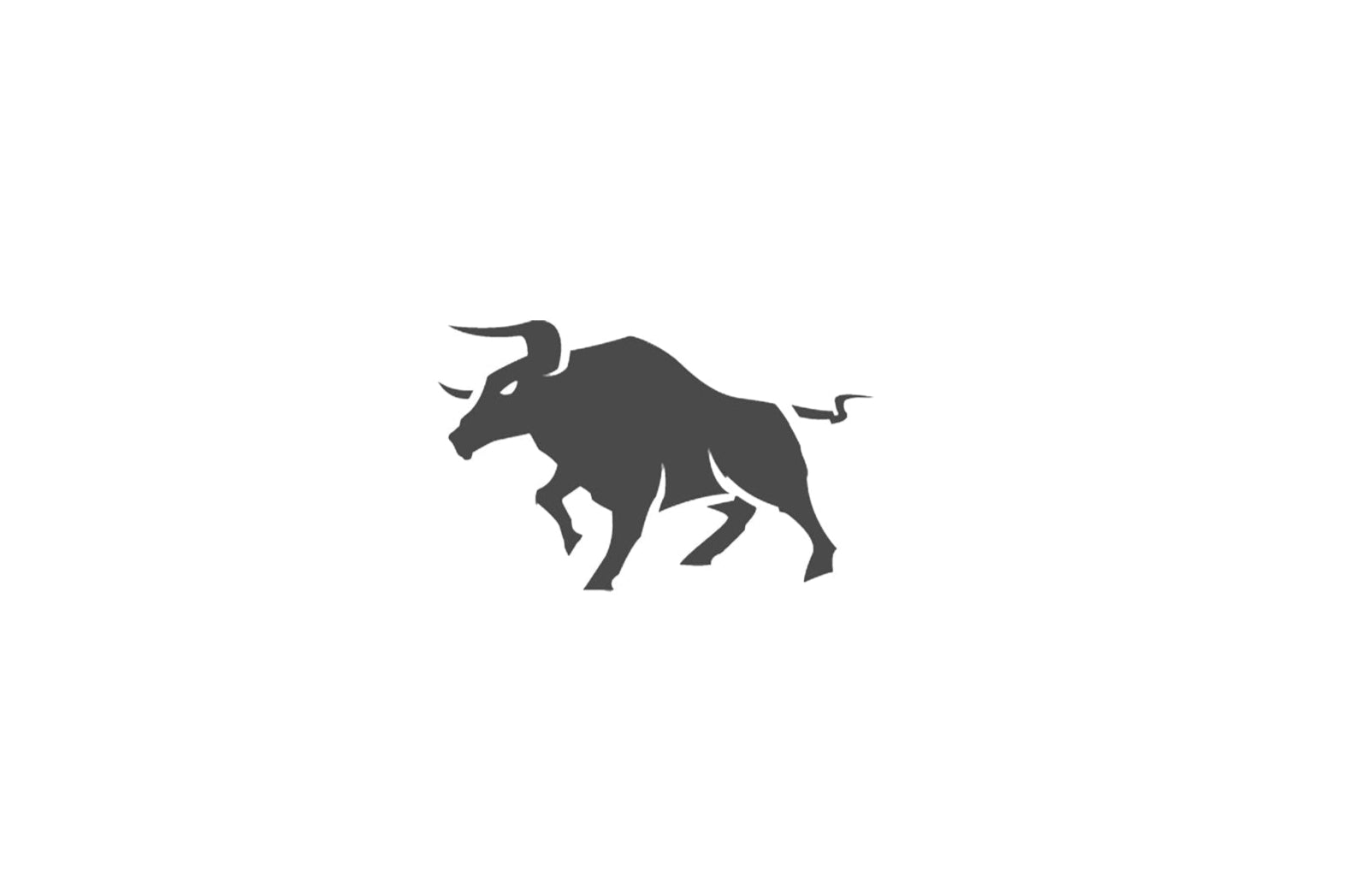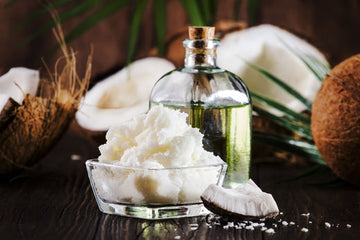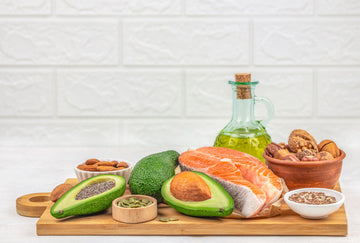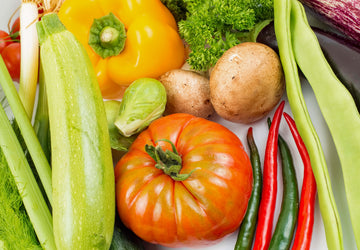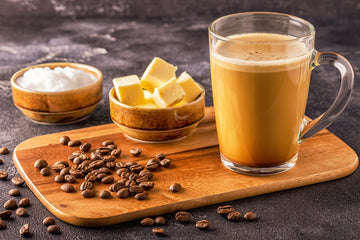The keto diet is a nutritional concept based on a high proportion of fats, moderate protein intake and a greatly reduced amount of carbohydrates. The idea behind it is to ensure energy supply primarily through fats. The low intake of carbohydrates is intended to switch the metabolism to the use of fat. This state is called ketosis, in which the body produces ketone bodies that can be used as energy sources.
Fats play a central role and make up the majority of daily calorie intake. However, not all fat sources are the same. While some fats are used frequently, others should only be used sparingly. This article introduces various high-quality fat sources, describes their possible uses in the keto diet and gives practical tips on how to integrate fats into everyday life.
Animal fats
Commonly used fat sources include butter, ghee and lard. These animal fats have many uses, whether for frying, cooking or baking. Butter and ghee are often used in cooking because they are easy to work with and are suitable for both hot and cold dishes. Lard offers another option that is used especially in traditional recipes.
Vegetable fats
High-quality plant-based fats such as olive oil, avocado oil, coconut oil and MCT oil are also an integral part of the keto diet. Olive oil is particularly good for preparing cold dishes such as salads, while coconut oil is often used in the preparation of hot dishes. Avocado oil is versatile due to its neutral taste, for both cold and hot meals.
MCT oil is often used in drinks such as coffee or smoothies on the keto diet. It offers a quick way to increase the fat content of a meal and can be easily integrated into various dishes.
nuts and seeds
Nuts and seeds offer a practical addition to fat intake in the keto diet. They can be enjoyed on their own as a snack or incorporated into various recipes. Popular varieties include almonds, macadamia nuts and chia seeds. Since the carbohydrate content varies depending on the type of nut, it is a good idea to pay attention to the content of each type.
fish and seafood
Fatty fish such as salmon, mackerel and herring, as well as seafood such as shrimp and crab, are often used as part of the keto diet. They can be prepared in different ways - grilled, fried or steamed - and offer variety in the menu.
Sources of fat that should be used sparingly
Not all fats are equally suitable for a long-term diet. Some sources of fat should only be consumed in moderation:
Processed fats: These include trans fats, which are often found in processed foods, margarine and fried foods.
Industrial vegetable oils: Oils such as sunflower oil, corn oil and soybean oil contain high levels of omega-6 fatty acids. Many people prefer to reduce their consumption of these oils and choose other sources of fat instead.
Practical tips for integrating fats
Since fat is the main component of the keto diet, it should be included in almost every meal. Here are some ways you can use fats in your daily life:
For cooking and frying: Butter, ghee or coconut oil are good for preparing meat, fish and vegetables.
For cold dishes: Olive oil and avocado oil are ideal as a dressing for salads or to refine cold dishes.
As a snack: Avocados and nuts are a convenient way to consume healthy fats on the go.
In drinks: A popular method among keto followers is to add butter or MCT oil to coffee.
The keto diet can be varied by consciously selecting different sources of fat and integrating them into everyday life. The combination of animal and vegetable fats as well as the addition of fish, seafood and nuts ensures a balanced diet that can be adapted to individual needs.
